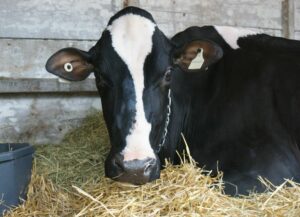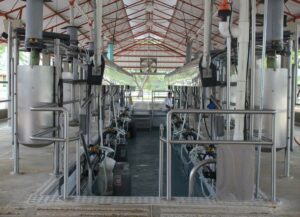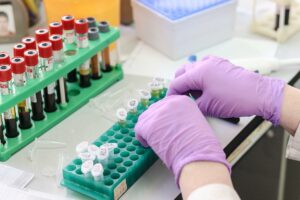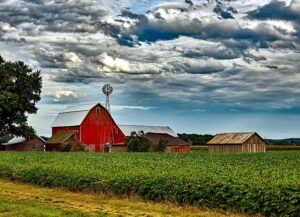Joaquin Ventura & Nuria Garcia
The profitability of a dairy farm depends on many factors, and ideally, one should improve them all at the same time and increase the profits exponentially. Regrettably however, this is impractical, and it is necessary to decide what our lines of work will be, knowing that we will only be able to improve some of the many factors that influence the farm’s economy.
We must be able to identify the items that have the most impact and focus on them, so that we also make the most of our improvement efforts. In addition, the difference between improving production and improving profitability must be considered, since both issues do not always coincide.
Over the past few decades there has been a major structural change in dairy production systems around the world tending towards an increase in herd size and a decrease in the number of farms. In this context, the literature suggests that improving technical efficiency is a key factor leading to greater profitability and competitiveness, however basing the increase in profit only on improving technical efficiency can be detrimental to the final profitability of the operation. The optimization of the farm’s profits should be assessed while simultaneously considering technical and economic performance.
Production per cow and per surface area impact profitability the most
A study carried out in Brazil (Ferrazza et al., 2020) that collected information from 61 dairy farms located in Brazil for 10 years, allowed the estimation of various technical and economic indexes that influence profitability of dairy farms.
Among these farms there were very different typology (number of animals, crosses and breeds, extension, various management techniques, etc.), so that they constitute a very representative sample of Brazilian dairy production systems.
For example, the study included farms with milk production between 48 and 12,775 l/day or with an area of between 0.5 and 376 hectares. The amount of milk produced, the costs and profits of each operation were recorded monthly between 2002 and 2011.
The parameter which was most correlated with profits was milk production per cow (r = 0.30), followed by production per surface area (r = 0.25) and production per work unit (r = 0.19). The increase in the number of lactating cows per herd was not significantly correlated with a relative increase in benefits.
Feed and labor are the most important costs
On the other side of the equation or costs, the most important item was animal feed with 58.8 ± 11.0% and 37.5 ± 10.7% of operating and total cost, respectively. The workforce came in second place, with percentages of 15.0 ± 10.9% and 9.7 ± 6.8%.
The indexes that correlated most negatively with profitability were the unit cost ratios per liter matched with their market price (r = – 0.86), total operating costs matched with gross profit (r = – 0.79) and total operating costs matched with the price per liter (r = – 0.67).
Intensifying and controlling inputs are key
This study shows that the main determinant of economic performance is the level of intensification of the farm, reflected by the result that milk production per cow in lactation and surface area correlated the best with profitability.
In addition, it shows that profitability of dairy production depends primarily on milk prices compared to input prices and production factors. Therefore, the control of inputs is another parameter with the greatest influence on the profitability of dairy farms.
Reference
Ferrazza, Rodrigo de Andrade, Lopes, Marcos Aurélio, Prado, Danielle Gonçalves de Oliveira, Lima, Renato Ribeiro de, & Bruhn, Fabio Raphael Pascoti. (2020). Association between technical and economic performance indexes and dairy farm profitability. Revista Brasileira de Zootecnia, 49, e20180116. Epub April 06, 2020.
© 2021 Dellait Knowledge Center. All Rights Reserved.









